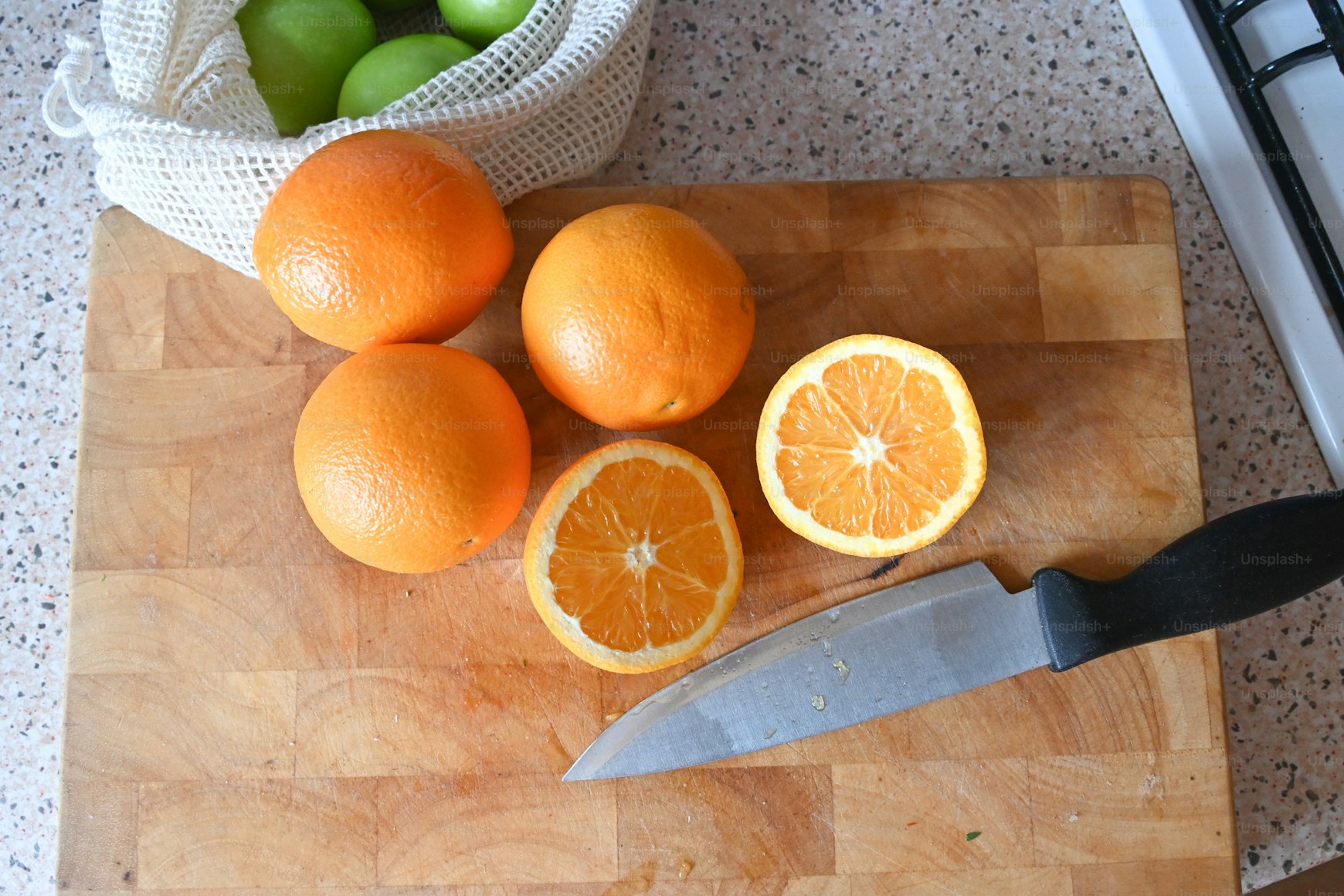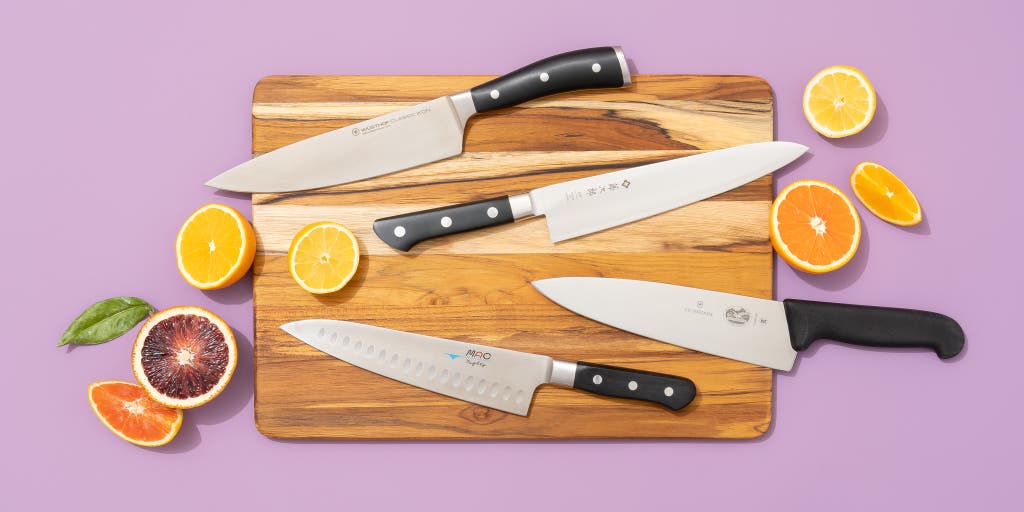If you’re a kitchen hobbyist, you’ve likely encountered the challenge of maintaining the sharpness of a serrated knife blade. Knowing how to sharpen a serrated knife blade can greatly enhance your culinary experience and ensure you always have an efficient cutting tool at hand.
In this guide, we’ll explore everything you need to know about keeping your serrated knife in top condition. From the common issues that dull blades to the step-by-step sharpening processes, you’ll find it all here!

Understanding the Serrated Knife
What Is a Serrated Knife?
A serrated knife features a unique blade with tooth-like edges. These grooves make cutting through tough materials like bread, fruits, and vegetables easier. Knowing how to maintain this tool is crucial for its longevity and efficiency.
Why Sharpening Serrated Knives Is Important
Serrated knives require special care and attention because of their distinctive blade design. Unlike straight-edge knives, the serrated blade can wear out unevenly, causing a decline in performance. Regular sharpening helps maintain its functionality.

Tools You’ll Need
Serrated Knife Sharpener
This specialized tool is designed to fit the unique grooves of a serrated knife blade, allowing you to sharpen each tooth individually.
Ceramic Sharpening Rod
A ceramic rod can effectively sharpen a serrated knife by honing the edges of each tooth. It’s a more precise tool compared to traditional sharpeners.
Honning Oil
Applying honing oil during the sharpening process can enhance the blade’s sharpness and maintain its condition.

The Sharpening Process
Step 1: Identify the Beveled Edge
First, determine which side of the blade has the beveled edge. This is the side where you’ll focus your sharpening efforts.
Step 2: Select the Right Tool
Choose the appropriate sharpener or ceramic rod that fits the size of your knife’s serrations.
Step 3: Sharpen Each Serration
Insert the sharpener or rod into each groove, aligning it with the beveled edge, and gently move it back and forth to sharpen.
Step 4: Hone the Blade
After sharpening, use the honing oil and a honing rod to smooth out any rough edges for a finer finish.

Maintaining the Sharpness
Regular Cleaning
Keeping your serrated knife clean will help maintain its sharpness. Regular cleaning prevents food residue from building up in the grooves, which can dull the blade.
Proper Storage
Store your serrated knife in a knife block or sheath to protect the blade from damage.
When to Seek Professional Help
Despite your best efforts, sometimes it’s best to consult a professional for sharpening your serrated knife, especially if the blade is damaged or excessively dull.
External Resources
For more detailed instructions on sharpening different types of knives, visit this external resource.
Internal Resources
FAQ
Can you sharpen a serrated knife with a regular sharpener?
No, you should use a serrated knife sharpener or ceramic rod designed for serrations.
How often should I sharpen my serrated knife?
It’s recommended to sharpen your serrated knife every six months or as needed.
What is the best way to maintain a serrated knife?
Regular cleaning and proper storage are essential for maintaining a serrated knife’s sharpness and longevity.
As an Amazon Associate, I earn from qualifying purchases.


